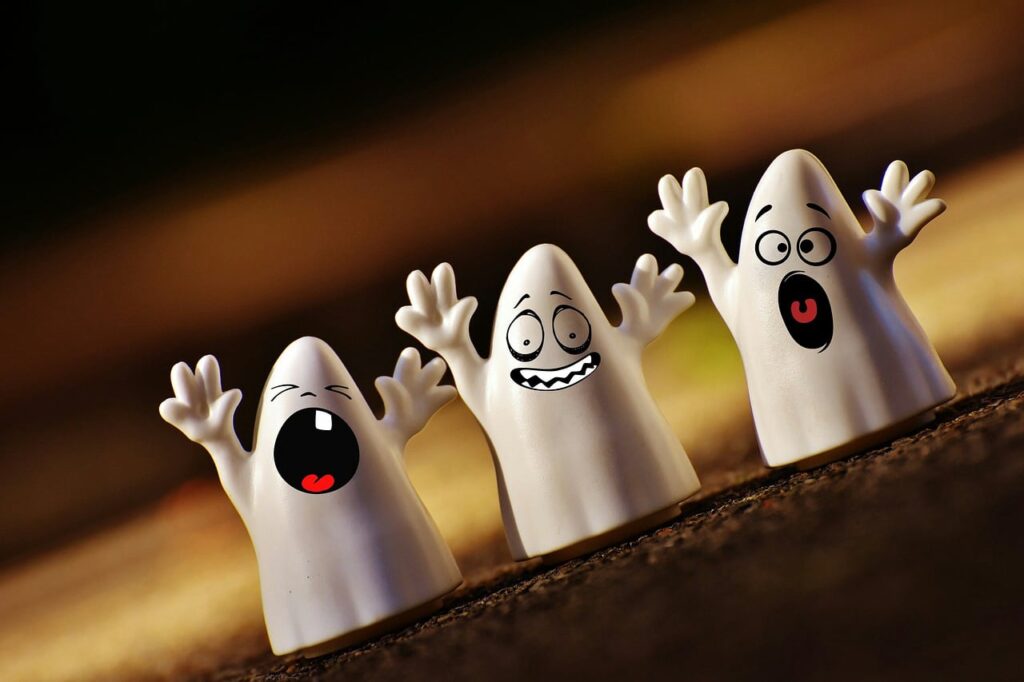
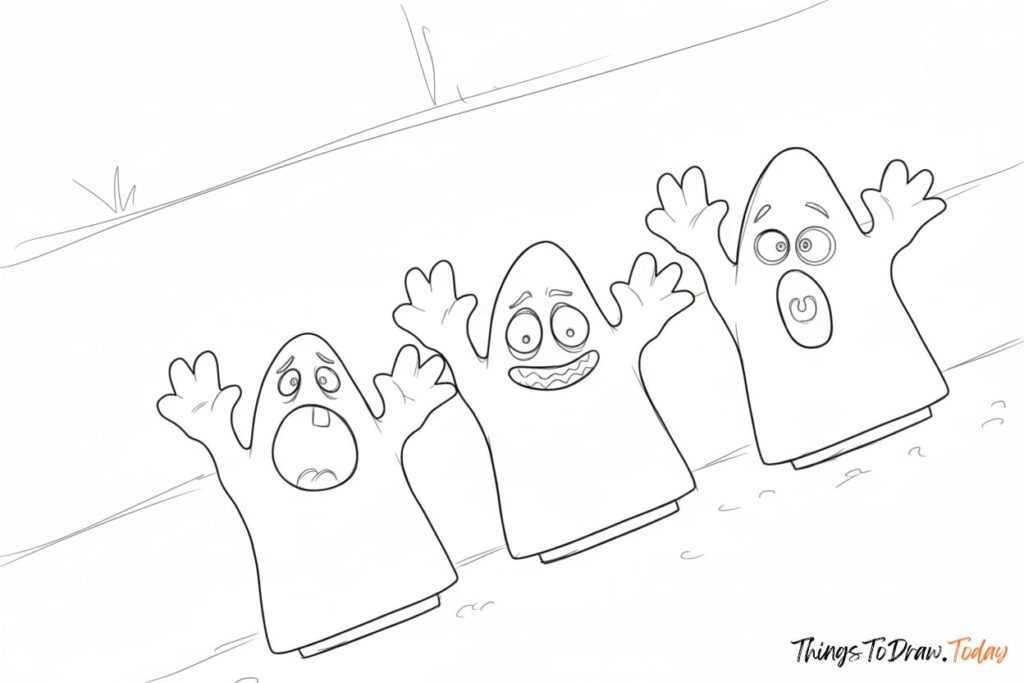
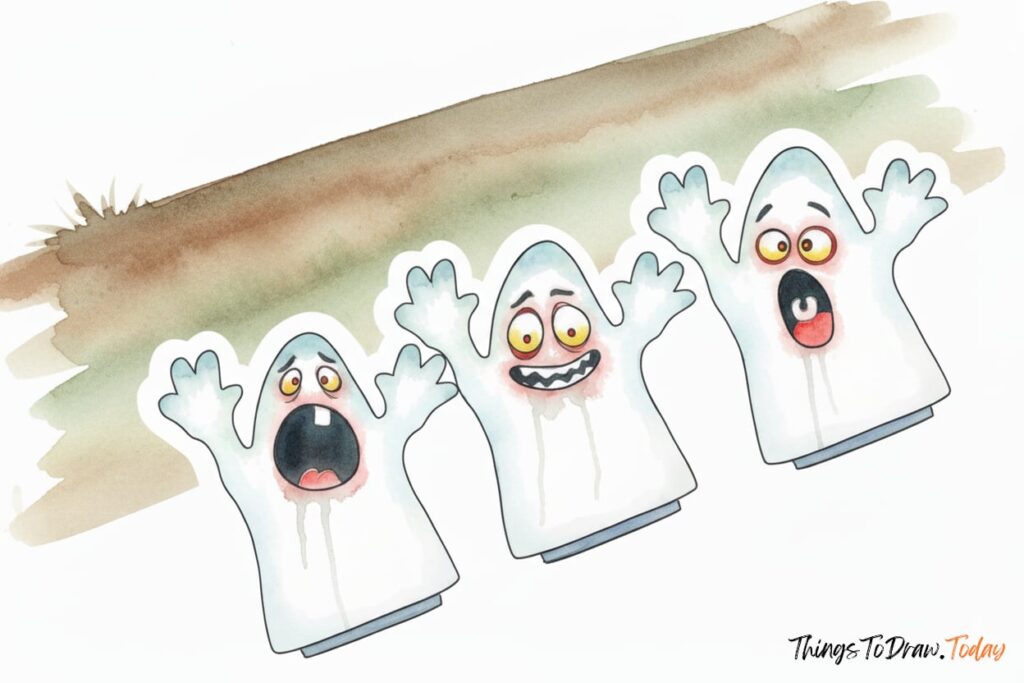
The Ghost-in-a-Sheet
The idea of ghosts wearing a white shroud has ancient roots. Burial shrouds (white linen cloths) were used for the dead in many cultures; the visual of a body wrapped in cloth contributes to the ghost‐in‐sheet imagery.
In medieval European art (for example, in Psalters around the 1300s), some depictions of spirits or corpses show them in burial shrouds
The trope of people disguising themselves with a white sheet also appears in writings from the 1500s and 1600s. For instance, in 1584, Reginald Scott (an English MP) noted “one knave in a white sheet” deceiving people by pretending to be a ghost.
The “bedsheet ghost costume” (sheet with eye holes or painted eyes) becomes more standardized in the 19th century. Theatre productions and Halloween traditions in Western countries made the white sheet ghost a shorthand visual for “spirit,” because the simplicity made it cheap, recognizable, and eerie.
The motif became widespread by the early 20th century, especially in Halloween costumes, comics, cartoons: children dressing up with a white sheet + two eyeholes, or images showing ghosts as white blobs with eyes. It was inexpensive and easy to reproduce.
Music For Drawing
Note: The reference photo is real, while the sketch and the colored version were created with the help of AI to serve as inspiration for your own drawing.



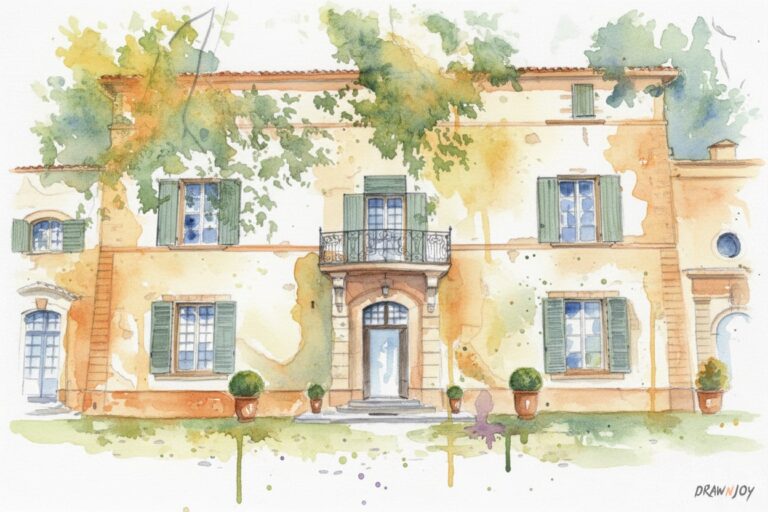
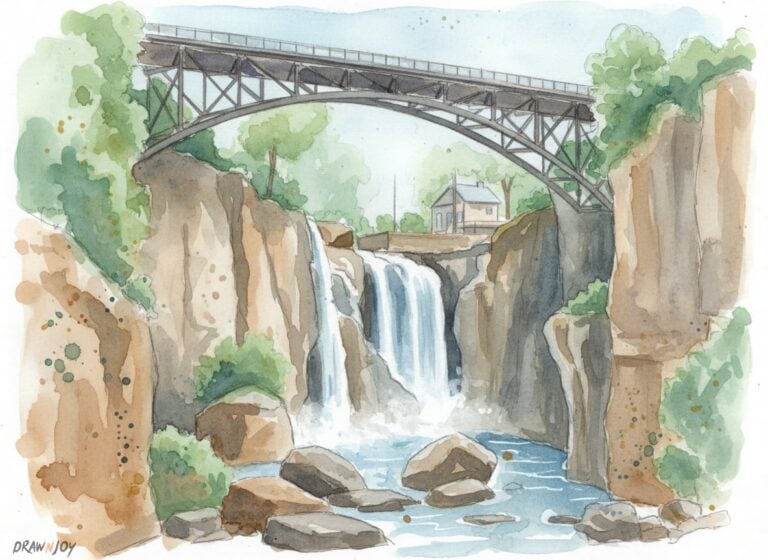
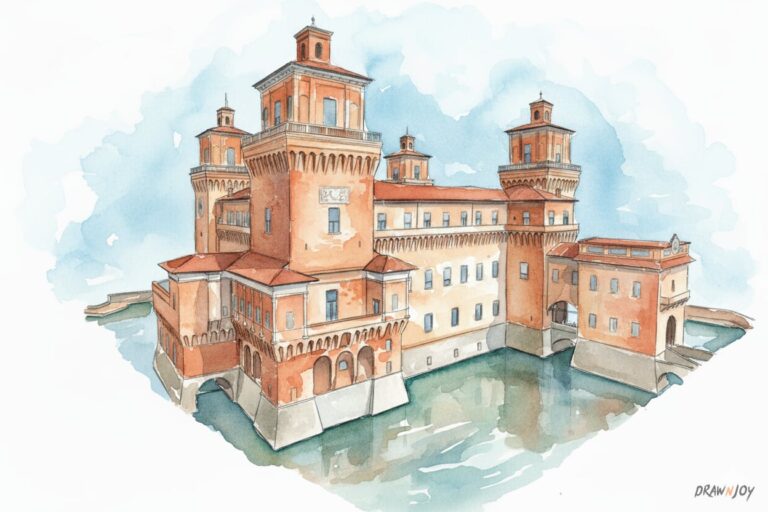
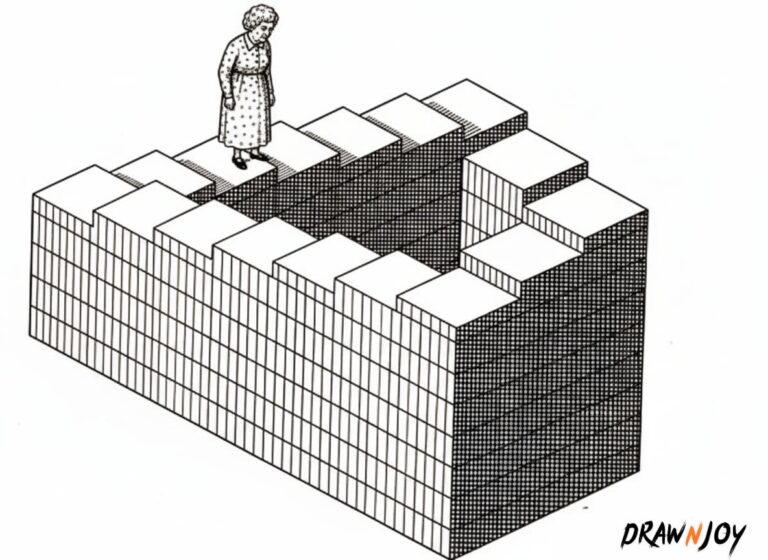
Comments